
As the birthplace of the automobile, Germany is quite unsurprisingly a country that’s very much car friendly. Like most European countries it’s also well-served by public transport, with an extensive inter-city fast train network and plenty of options for travellers to get by sans auto in bigger cities, but the car is undoubtedly king when it comes to taking in this particular Euro destination.
THE PLACE
If you ask someone to picture ‘Germany’ in their mind, odds are they’re going to visualise a very specific part of the country… and it’s probably going to look an awful lot like Bavaria.
The state of Bavaria occupies the entire south-eastern corner of the country, butting up against the Austrian and Czech borders and being the home of two major cities: Munich and Nuremberg. It’s also one of the more picturesque corners of the country. Compared to the mostly flat and industrial north, the terrain in Bavaria gets quite mountainous to the south where the alps cross over the border, while the countryside is full of pleasant rolling hills, quaint villages and verdant farmland.

Half-timbered medieval houses, cobblestone streets winding through ancient walled towns, gorgeous alpine vistas with snow-frosted peaks and crystal-clear lakes below: these are the kinds of things the region is known for, and to see as much of it as possible in as efficient a way as possible, you need a car.
THE CAR
To facilitate this roadtrip, we contacted Mercedes-Benz and organised a six-day loan of their GLC 300 medium SUV. Box-fresh after a major update, it’s one of Benz’s most popular models, and thanks to a practical wagon body, willing 2.0-litre turbo four-cylinder petrol and reasonable ground clearance, one that’s well suited to long-distance touring.
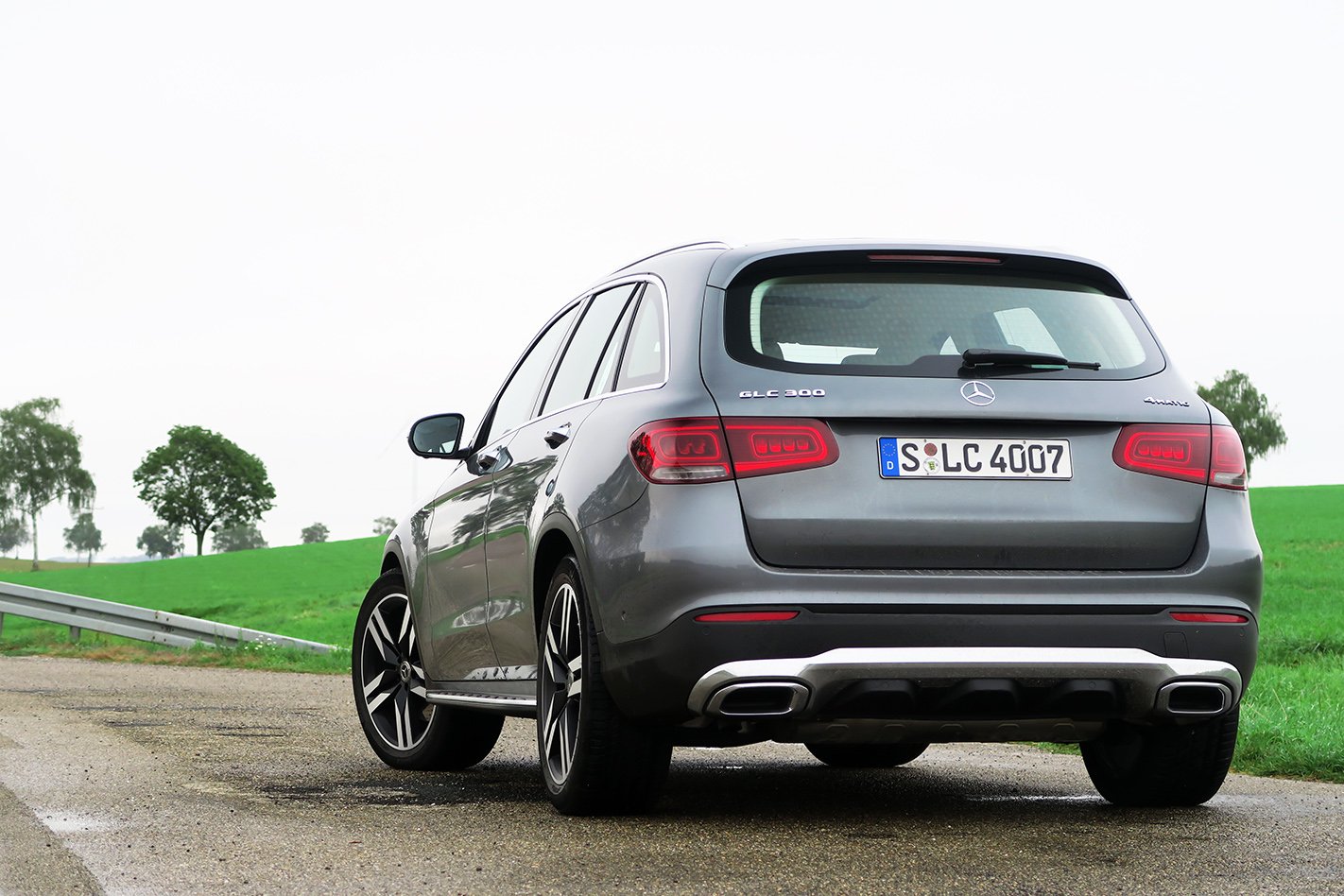
THE JOURNEY
Stuttgart is our springboard for the trip. As home base for Mercedes-Benz and Porsche, it’s one of Germany’s automotive epicentres along with Wolfsburg in the north (Volkswagen) and Munich in the east (BMW). We don’t stick around in Stuttgart though – for travellers, there’s not much to keep us here besides the nearby Mercedes-Benz and Porsche museums.
We hit the road and point the GLC’s nose east. We’ve got 210km between us and our first overnight stay in Nuremberg, and after a quick jaunt through Stuttgart traffic we end up on the autobahn.

Now, contrary to the popular myth, autobahns aren’t some unregulated wonderland where hoons can indulge in their basest desires at will. Outside of the derestricted sections the speed limit can vary from 100 to 120km/h, while construction zones – which are seemingly everywhere – are limited to 80km/h. Don’t be tempted to speed either – the Germans are sticklers for rules, and while they may be more relaxed than the average Victorian highway patrolman, the cops in Germany certainly frown upon speeding.
But… when those five diagonal black lines appear on a speed sign it’s time to turn up the speed. Most traffic settles at a speed between 140-170km/h, which also seems to be the GLC’s ‘happy place’ and a velocity that also doesn’t come with too much of a fuel economy penalty either (a highway average of 8.5L/100km was quite reasonable considering the speed). We managed to extract a maximum of 223km/h from the Benz before traffic got in the way, but even with 190kW and 370Nm outputs it took a hell of a run up to get there.

Even so, do as the locals do and 160km/h+ quickly starts to feel like a relaxed and natural pace. It’s all enabled by the ability of German drivers to keep to the slow lane unless they’re overtaking someone else. If they didn’t, the autobahn network would quickly devolve into a frustrating, chaotic and slow-moving mess.
After around three hours on the road, we pass through Nuremberg’s ancient city walls and enter the medieval core of one of Bavaria’s oldest cities. The accommodation we’ve lined up is special too: housed within the former imperial stables of Nuremberg Castle is, believe it or not, a youth hostel. It’s one of the most affordable places to stay in Nuremberg’s old town, and if you’re able to snag a room facing south it also affords you an excellent view of the rest of this history-rich city.

Downsides? The castle is right at the top of the sizable hill that gives the city its name, and while walking down from the stables to sightsee or grab a meal at any of the excellent eateries in the old town is easy, walking back to those lodgings with a stomach full of bratwurst und bier is not. Even so, it was a great place to stay as budget travellers.
Another issue to consider is street parking. This town is more than a millennia old and most of these streets predate the horseless carriage by many centuries, so besides a fair few tight back streets that can be tricky to navigate in a car there’s also limited on-street parking. Also, like many large German cities the street parking in Nuremberg is restricted depending on time of day, and in high demand by locals. Make sure your parallel parking skills are well-honed if you plan on doing the same as us.

After our overnight stay in Nuremberg, we packed back into the GLC and got on the road, this time backtracking slightly to the west toward Rothenburg ob der Tauber, just over an hour’s drive away.
And if you were impressed by the ‘traditional’ vibe of Nuremberg, prepare to be blown away by Rothenburg. Situated on a hill above the Tauber river (hence its name), Rothenburg ob der Tauber is one of the most quintessentially German towns you can visit, and its compact size makes it easier to experience fully compared to the much larger Nuremberg.

It’s a tourism hotspot, but it still retains a feeling of authenticity. There’s no shortage of places to eat or stay within the old city walls either, and a great number of stores, restaurants and guest houses are clearly family-run businesses. It runs so close to the German stereotype that you’d think it’s all a construct, a Sovereign Hill for German schoolkids, but it’s supremely genuine. Thankfully it survived Allied bombing during the second world war (a period when Hitler fetishized Rothenburg as ‘the most German of German towns’), and has since been restored to a state where it’s a veritable time machine back to 19th-century Germany.

It’s also surprisingly car-friendly. We stayed literally across the road from the Rothenburg’s most famous spot, the cute timber-framed Plönlein and its attendant fountain (above), and bringing the GLC into our guesthouse’s garage was no great challenge – provided you have the patience to deal with the slow-moving, distracted tourists that amble along the streets in Rothenburg’s altstadt. Driving through the medieval gates of this fortress town and into its cobblestoned inner sanctum feels like riding a dirt bike into a church, but it’s still a functioning town with residents who live – and drive – through it on a daily basis.
There were some squeezy moments while navigating some of Rothenburg’s more constricted alleys, but the GLC was able to thread the needle thanks to its 360-degree parking camera and sensors. It also shrugged off the cobble-clad streets, delivering a smooth ride and minimal jostling on roads that were never designed with cars in mind.
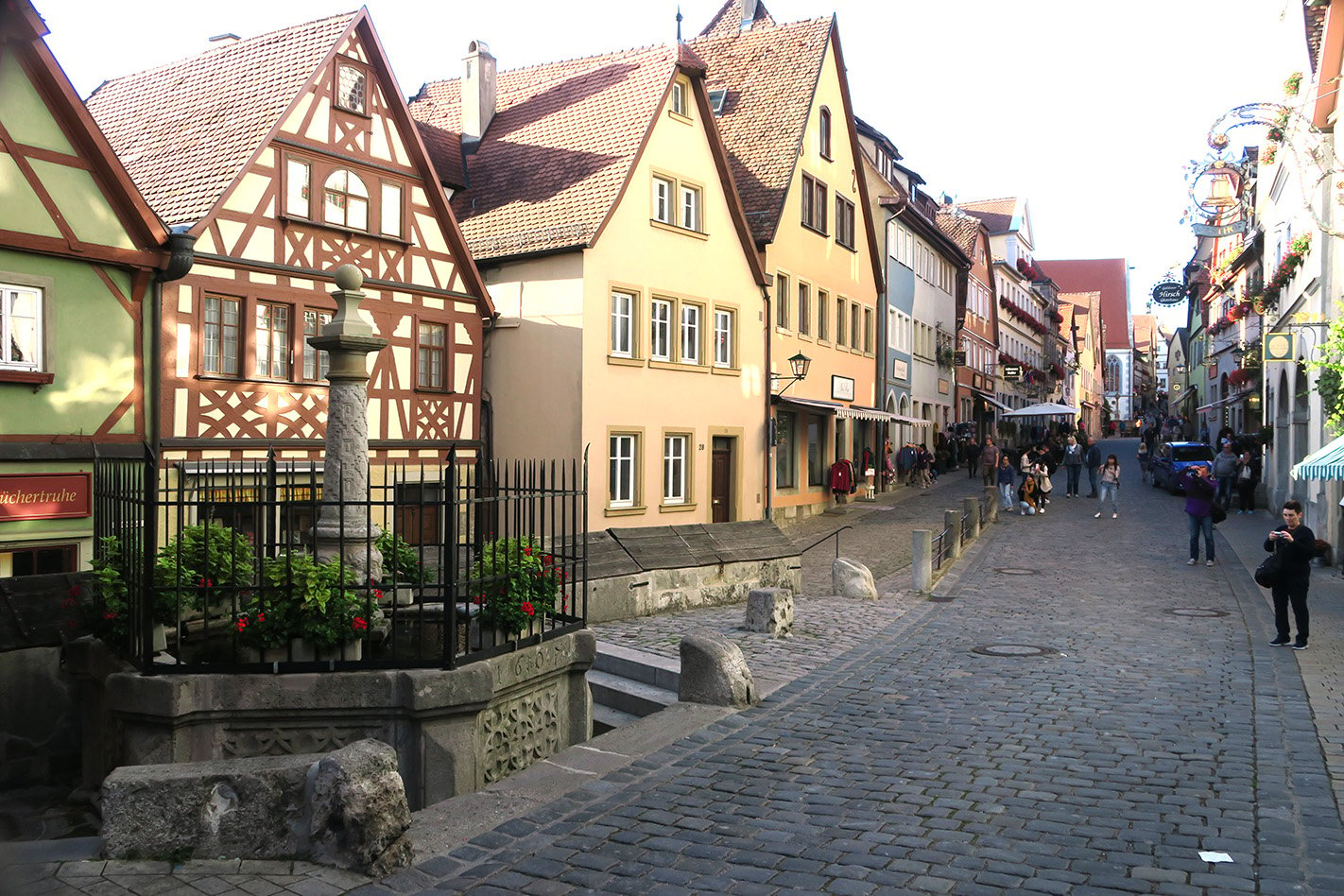
After enjoying the charms of Rothenburg, we set forth on a longer drive. This time heading right for the south-east corner of Germany to the Berchtesgaden National Park, a little over 400km away, we’d be stretching the GLC’s legs on the autobahns for most of the journey.
And it’s on these long autobahn stints where you can get a better appreciation for things like handling, steering, noise suppression and ride comfort. The majority of cars these days will handle a 110km/h Australian interstate with no problem, but when the average speed rises to 150-170km/h those aforementioned attributes become a lot more important.

And thankfully, the GLC 300 delivered on most counts. It’s not especially muscle-bound, but it feels rock-solid and stable on these high-speed highways, with low wind and tyre noise adding to its long-distance comfort.
A few detours caused by roadworks saw us travel through the rolling hills of the Bavarian countryside as well, and while the speeds were significantly lower (most country roads are capped at 80km/h outside of towns and villages, which are limited to 50km/h), the scenery you get in exchange makes the slower pace worthwhile.
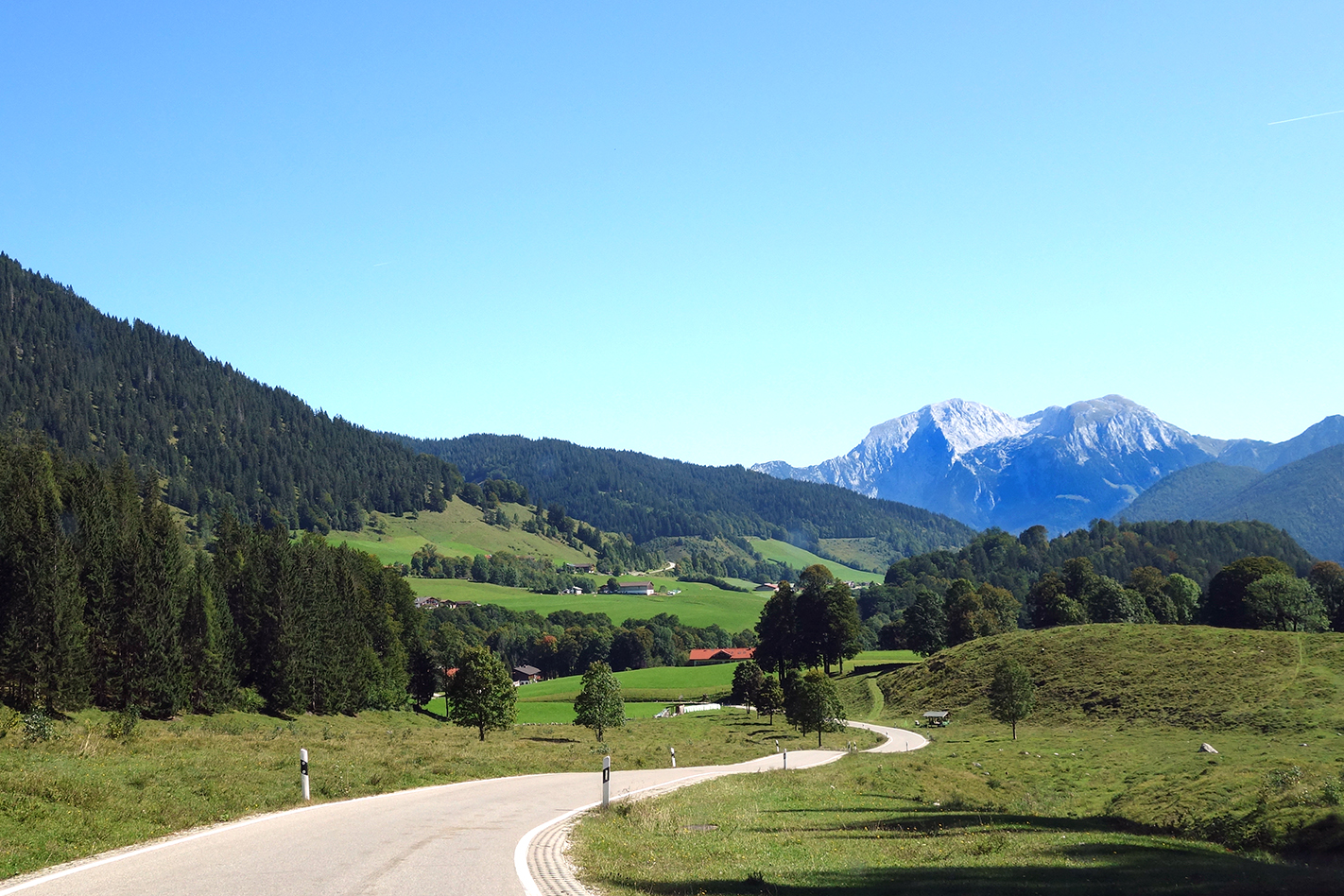
But those countryside vistas are nothing compared to what awaits us. Simply put, Berchtesgaden is absolutely stunning. It’s the most beautiful part of the Bavarian Alps by a long shot, and its crystalline lakes, rocky cliffs and soaring mountains are breathtaking. Spending more than a couple of days here is recommended, and a trip along Königsee, the biggest lake in the area, on one of the many electric boats that ply its waters is a must-do. Hit the trails and check out Obersee too – it may be smaller, but the views are even more amazing.
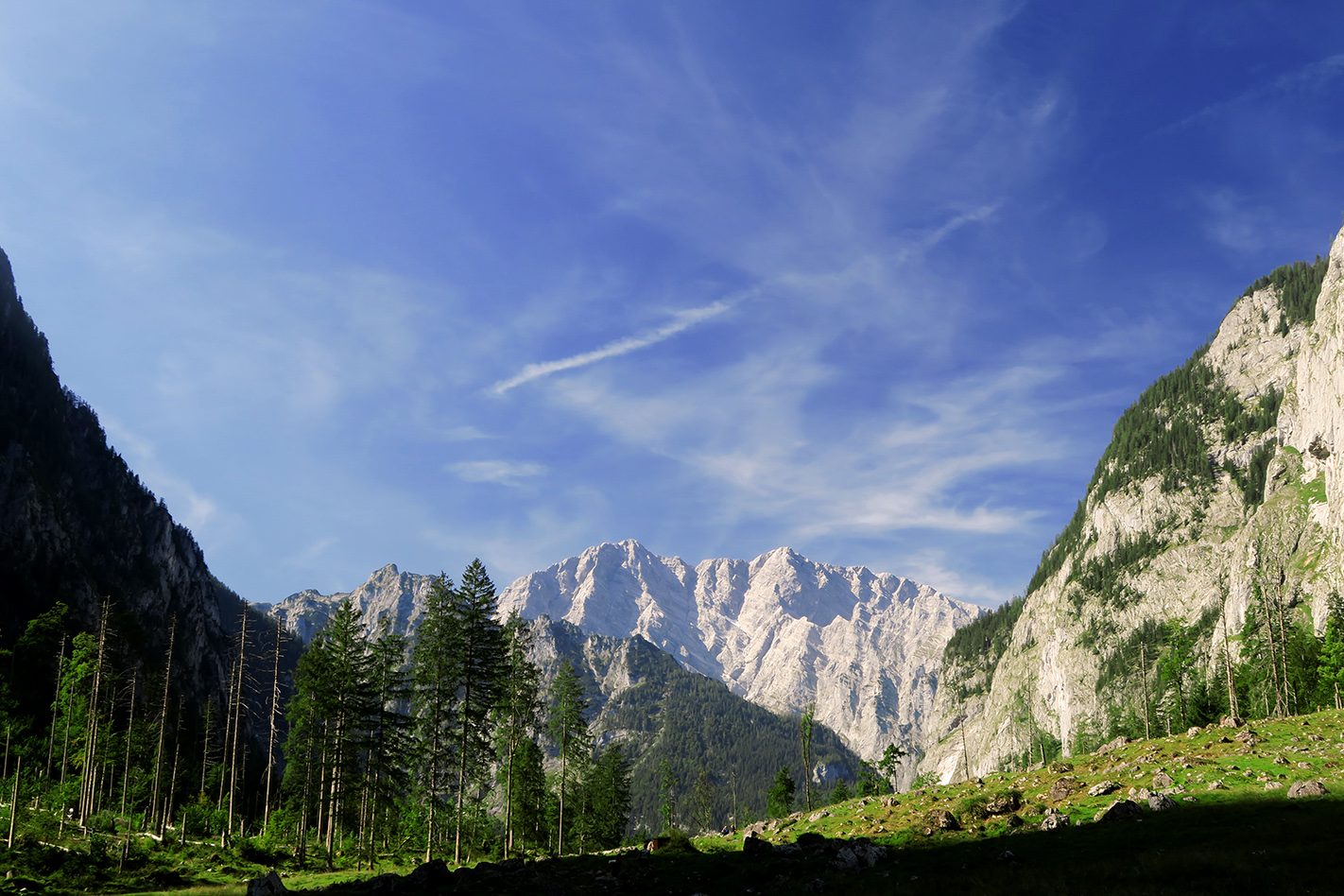
There’s loads to do in this corner of Bavaria, especially if you enjoy hiking, rock climbing, or if visiting in winter, skiiing. Eagle’s Nest, Hitler’s holiday retreat, is nearby as well and is now a restaurant open to the public, while the Salzbergwerk salt mine – the oldest operating salt mine in Germany – does guided tours.
And while it’s possible to see all of these things via public transport, waiting for buses and trains would soak up a significant amount of time. Unlike big cities like Munich, Nuremberg and Berlin, public transport isn’t as frequent in this corner of the country – a car will allow you to fit far more sightseeing into your schedule, while also avoiding the inflexible ‘on rails’ experience of a tour bus.

We had one more stop before we needed to hand the car back to Benz: an overnight stop in the Black Forest region. The Black Forest is at the other side of Germany, nestled against the borders of Switzerland and France, and once again the GLC’s ability to eat up big highway miles came to the fore.
After a 500km journey we arrived at Bad Rippoldsau-Schapbach, in the heart of the Black Forest and an area that so happens to be crisscrossed by flowing mountain roads with little traffic, making them a delight to drive. The GLC 300 maybe isn’t the most sharply-honed variant in the range, but with the transmission in Sport mode it had more than enough dynamic ability to make the most of the roads.

If you like hiking you’ll find even more to love about the Black Forest too, as there’s plenty of nature to appreciate. We only wish we had more time to spend there.
But as far as covering ground was concerned, the car is indeed king. Germany’s rail network is huge and efficient and ideally-suited for inter-city transport, but visiting areas like the Black Forest, Rothenburg and Berchtesgaden would have been a lot tougher if we were reliant on public transport – especially the latter – and would have taken far more time.
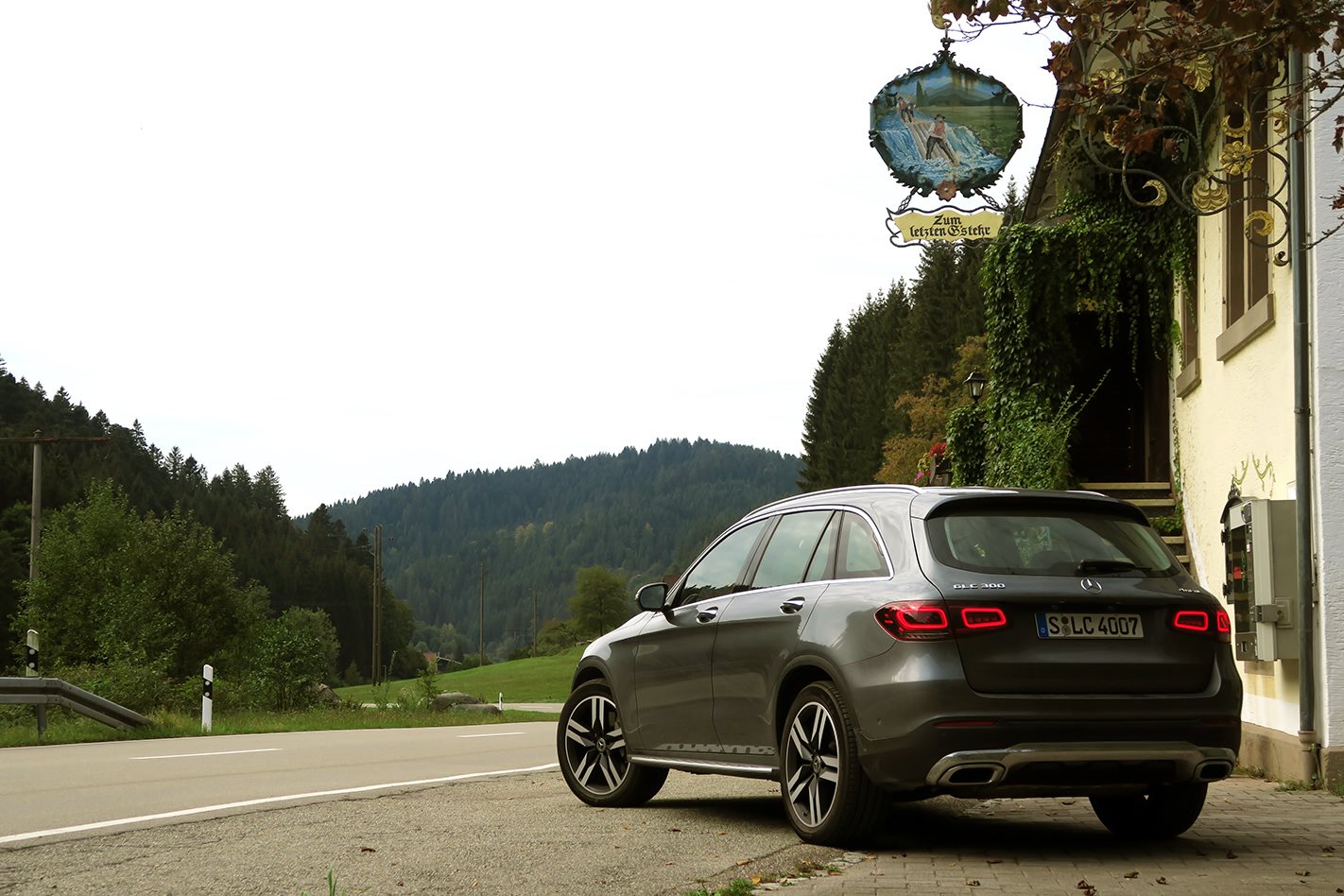
There’s also the question of expense. Tickets on the ICE fast train from Stuttgart to Nuremberg cost around AU$80 per person, one-way – and that was one of the shorter legs of our trip. Trains won’t deliver you from hotel door to hotel door, either, and while the cost of unleaded petrol is around $2.30 per litre, hiring a car to do some cross-country touring can still be a far more economical option than taking the train, especially if you have two or more people to move.
In short, some of the best parts of Germany are made far more accessible if you hop into a car. It doesn’t have to be a Mercedes-Benz GLC either, but do yourself a favour and work some self-driven tourism into your itinerary if you’re planning a holiday to Germany.

Germany can really be quite visually stunning – scroll through our gallery at the top of the page to see more of the sights from our German roadtrip



